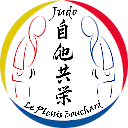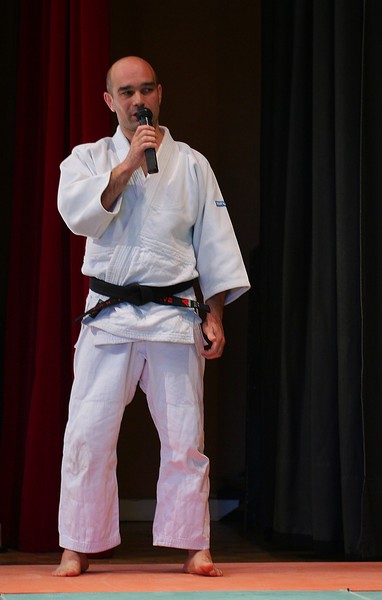The Moral Code
FRIENDSHIP:
It is the purest of human feelings.
COURAGE:
It is doing what is right.
RESPECT:
Without respect, no trust can be born.
SELF-CONTROL:
It is knowing when to stay silent when anger rises.
HONOR:
It is being faithful to one's word.
POLITENESS:
It is respect for others.
SINCERITY:
It is expressing oneself without disguising one's thoughts.
MODESTY:
It is talking about oneself without arrogance.
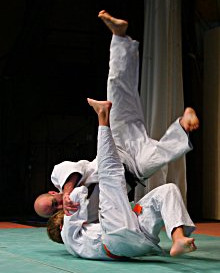
The Judo
A complete and fun sport, a recognized martial art, judo contributes to the development of individuals and enhances self-confidence. Within the Judo Association of Plessis Bouchard, our goal is to contribute to the education of the younger generation. The dojo (judo hall) is a space for meeting and conviviality, governed by rules defined in the "moral code." Our pedagogy, adapted to each age group, aims solely to allow our members to find pleasure in practicing their favorite sport.
Don't hesitate to contact us for any information that can enlighten you about our activities.
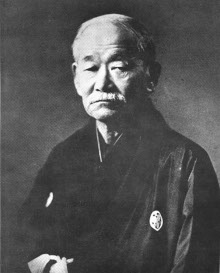
Description
Judo ("the path to flexibility") was created in 1882 by Jigoro Kano, but developed in France by Kawaisui. Originating from Japan, the founder drew inspiration from ancient techniques of samurai from jujitsu to develop a discipline accessible to all. The levels are marked by belt colors, divided into two groups:
The "KYU" from white belt to brown belt.
The "DAN" from black belt onwards.
Judo is not a dangerous sport. "Break falls" are actually fundamental for beginners but remain a component of training for higher levels. The French federation is the third largest sports federation in France in terms of its number of members (530,000) and its 5,300 clubs.
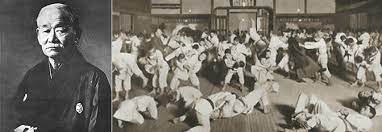
Some dates
1889: First demonstration in France by Jigoro KANO during his tour of Europe.
1935: Mikinosuke KAWAISHI arrives in France, founds the Judo-Ju-Jitsu Club of France, and establishes a teaching progression. He is the founding father of judo-ju-jitsu in our country.
1936: Master KAWAISHI awards the first black belt in the history of French judo to Maurice COTTEREAU.
1946: Creation of the French Judo-Ju-Jitsu Federation.
1951: Establishment of the International Federation. Its president is Mr. Risei KANO.
1956: First World Championship in Tokyo (1980 in New York for women).
1964: Judo becomes a demonstration sport at the Tokyo Olympics (1988 in Seoul for women).
1972: Judo is admitted to the IOC and becomes a full-fledged Olympic discipline (1992 in Barcelona for women).
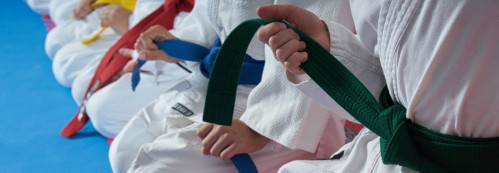
Ranks
Grades exist in many martial arts. In judo, ju-jitsu, they are divided into 2 categories:
- KYUS or colored belts are awarded by a state-certified instructor.
- DAN, starting from the black belt, are awarded by the French federation and the specialized grading commission mandated by the Ministry of Youth and Sports.
In judo, there are also two-tone belts, specific to the progression of practitioners from 4 to 12 years old.
Master KAWAISHI, through whom judo gained momentum in France, quickly understood the Western personality and institutionalized the system of colored belts, which did not exist in Japan, in order to materialize individuals' progression in successive stages.
The grade represents the moral value of the practitioner (Shin), their technical knowledge (Shi), and their athletic level (Taï), elements that vary according to the judoka's age. It acknowledges the efforts made for its attainment but also imposes duties and obligations because it signifies that we must prove ourselves worthy of it at the Dojo, but also in life (moral code).
A grade is acquired for life, so it is not possible to regress. On the contrary, with each new belt, one must elevate their level of skills if they still want to deserve the higher distinction. The grade does not signify value compared to opponents but rather to oneself. The most beautiful symbol lies in this "loop" of humility where the novice, devoid of knowledge, begins with a white belt, while the 10th Dan, enriched with a life devoted to their discipline, also wears a white belt.
